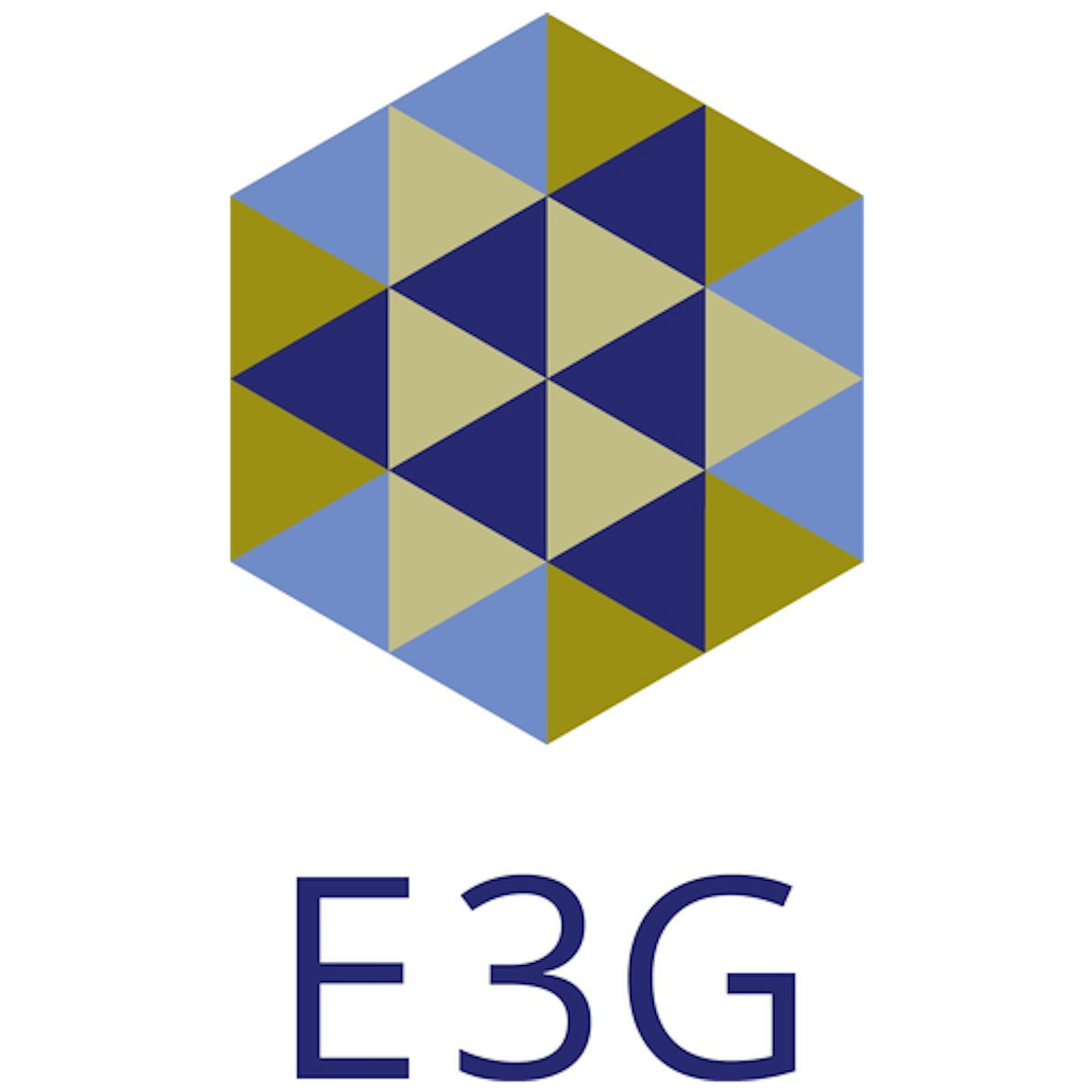Expanding the IBRD in 2024: new tools to address global challenges
Published: April 15, 2024

Written by Danny Scull, Christine Seet
15 Apr 2024
The World Bank (IBRD) is expected to launch a new lending platform shortly which will make it more attractive for Middle Income Countries (MICs) to seek funds to address global challenges, such as climate change, and signal a timely investment boost from donors. Maximising the impact of guarantees and hybrid capital alongside ambitious IDA replenishment in 2024 will in turn help to make the case for a General Capital Increase (GCI).
Raising demand for climate lending while increasing the supply of finance? Sounds great! If that is – and it is an if – the World Bank can secure sufficient buy-in from donors and client countries. Some previous efforts have faltered, but these latest efforts could potentially be transformative.
The World Bank’s new vision to create a world free of poverty on a liveable planet will require increased investment in global challenges, leveraging a sufficient supply of donor funding. “Global challenges” are collective action problems which are underinvested because national costs may appear to outweigh national benefits, despite net positive benefits globally. You know the list: climate change, pandemic preparedness, biodiversity loss, conflict and fragility. Few institutions are adequately structured to address these issues… but the World Bank is, or at least is intended to be.
The World Bank wants to help countries prioritize projects that stack global benefits on top of domestic ones. Think clean energy investments that improve local energy access while simultaneously avoiding cross-border, climate-warming emissions. For example, the Bank has considered rebooting its Global Public Goods Fund as the Liveable Planet Fund (LPF), ringfencing expanded concessional finance to buy down interest rates for loans which address global challenges.
Concessionality is only one of a menu of incentive tools at the IBRD’s disposal to promote demand for global challenges lending. Other incentives could include volume top-ups, longer loan tenors, faster disbursals, or exceptions to lending limits.
Determining where and when to deploy these various incentives will require an allocation framework, contingent on analytics that compare how national costs and benefits compare with the global benefits of a given project. This will be the role of the Bank’s recently announced Framework for Financial Incentives (FFI). On top of increased incentives to borrow, lending will need to be connected to an additional supply of finance. For this, the key tool will be the tentatively named Global Solutions Accelerator Platform (GSAP).
The GSAP aims to funnel new, additional finance commitments earmarked for global challenge investments, using the FFI to determine the proper incentives to increase deal flow. By taking advantage of innovative financial mechanisms like hybrid capital and portfolio guarantees which have high leverage factors (e.g. 6 or 8 to 1), the GSAP would differ from conventional paid-in donor structures and make efficient use of donor balance sheets.
Meeting global challenges will eventually require a GCI to expand lending capacity. At present some donors are reluctant to make the accompanying changes to Bank shareholding percentages but in the meantime, GSAP could help to bridge the gap. GSAP is launched at a timely moment, as countries negotiate an ambitious IDA replenishment by year end.
A holistic donor approach to climate and development could offer many geopolitical and diplomatic opportunities to donor countries. Together, the new FFI and GSAP could be a vehicle for large client countries to access enough finance to move the needle on climate mitigation, while IDA replenishment and Crisis Response measures address the needs of the most vulnerable countries, including adaptation and debt pauses. All this will in turn support increased global climate ambition ahead of COP30 and bending the emissions curve thereafter.
A small number of key donor countries standing behind this new model would demonstrate the transformative potential of multilateral cooperation. Without such support the World Bank’s new vision could yet fizzle, reducing implementation of the Evolution Roadmap to efficiency measures, pilot programs, and a new scorecard that charts a path to higher temperatures. This wouldn’t be the vision of a liveable planet that anyone signed up for, and to avoid it, both donor and client countries should embrace and support these new tools.
